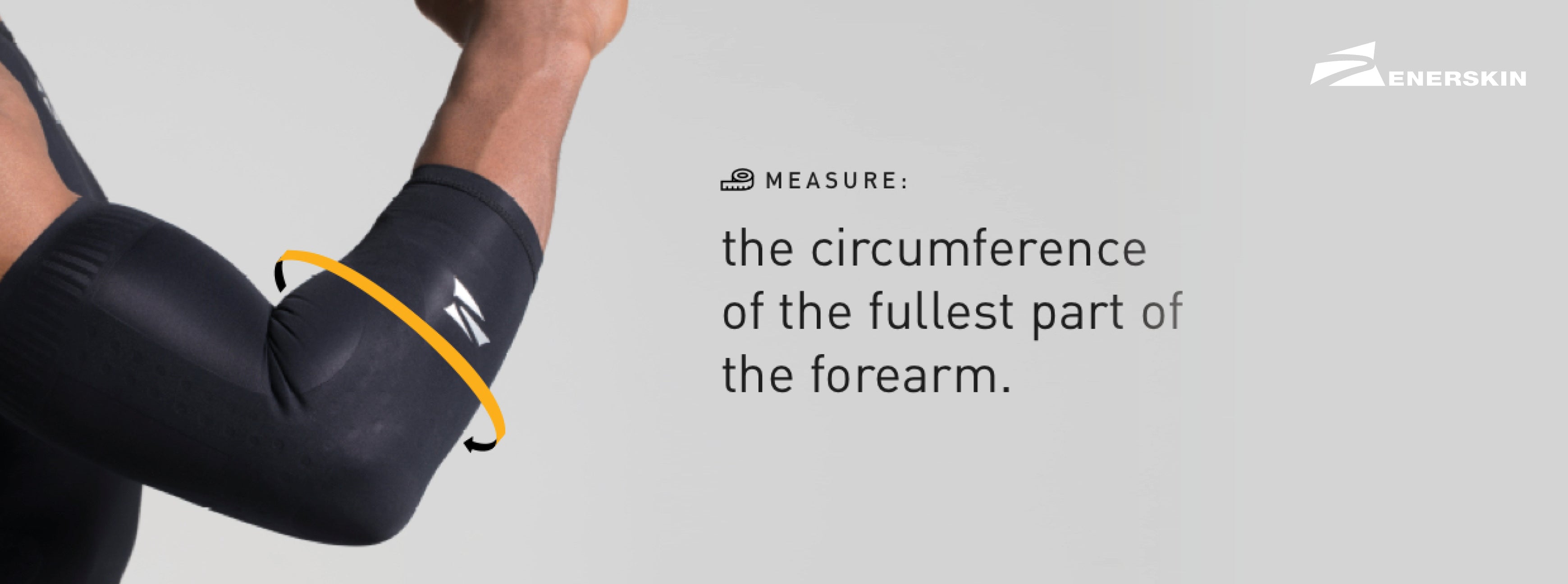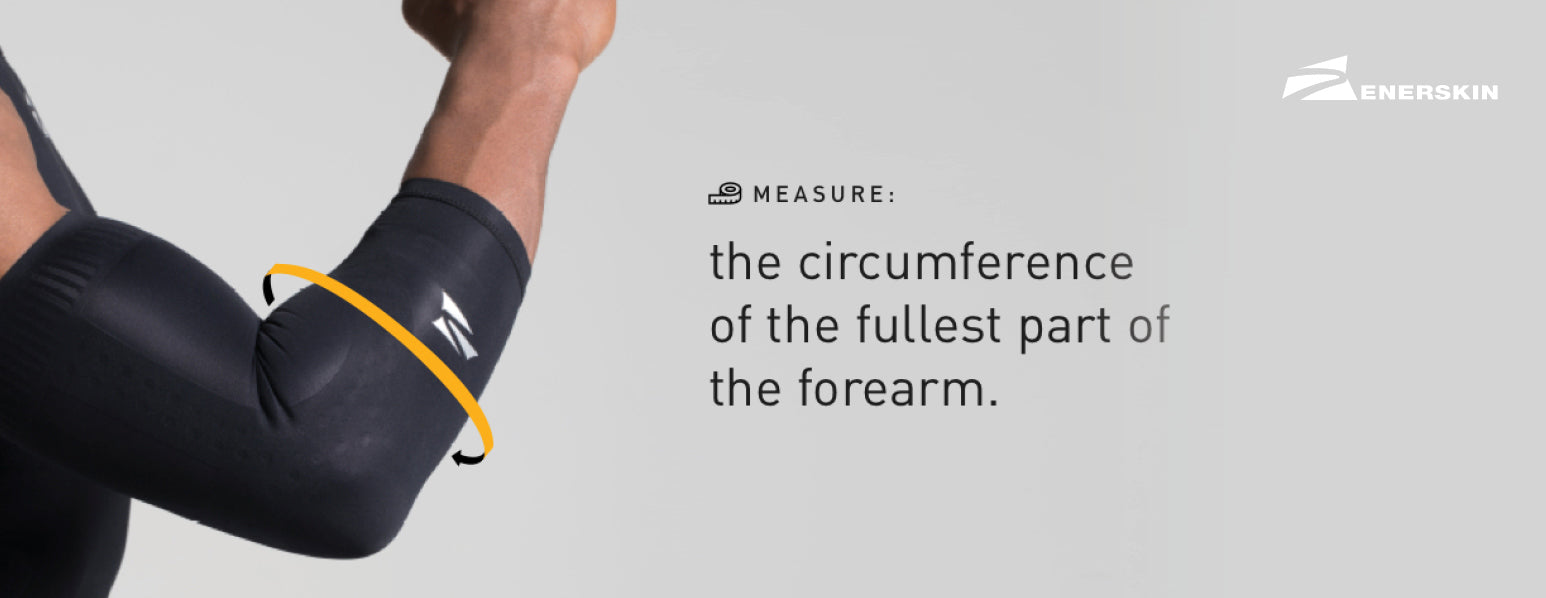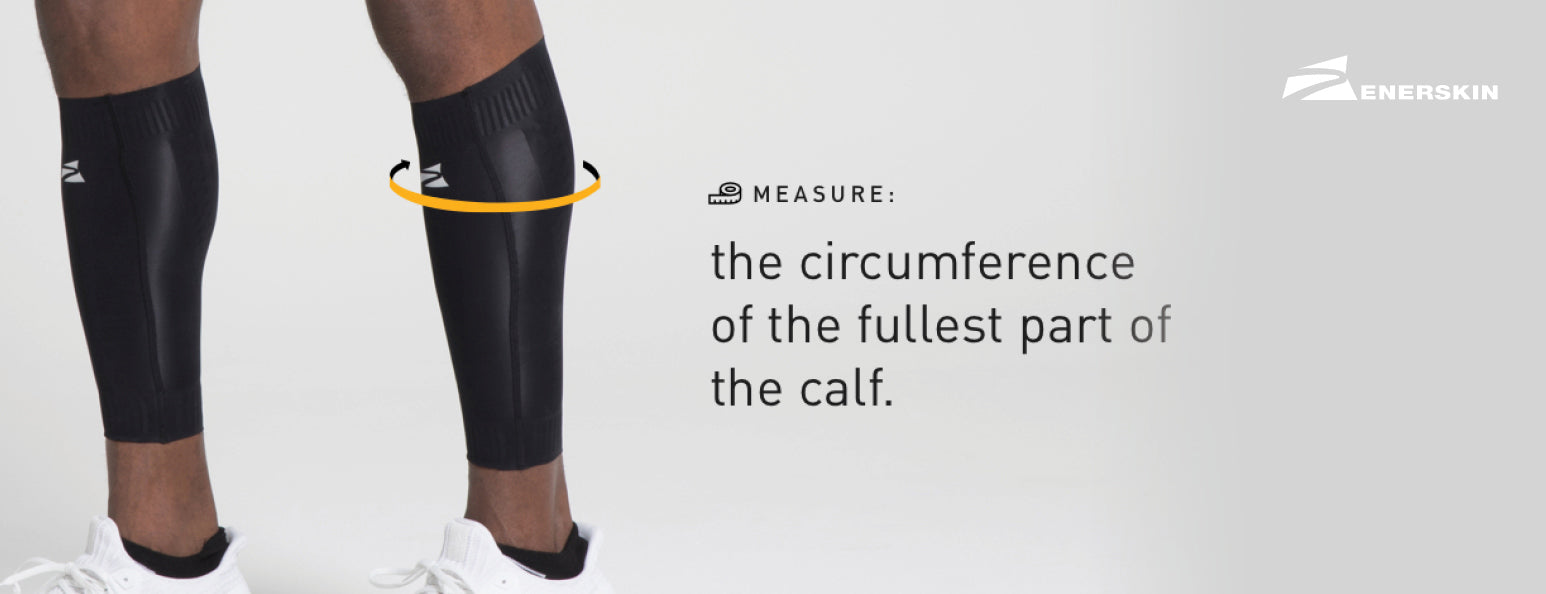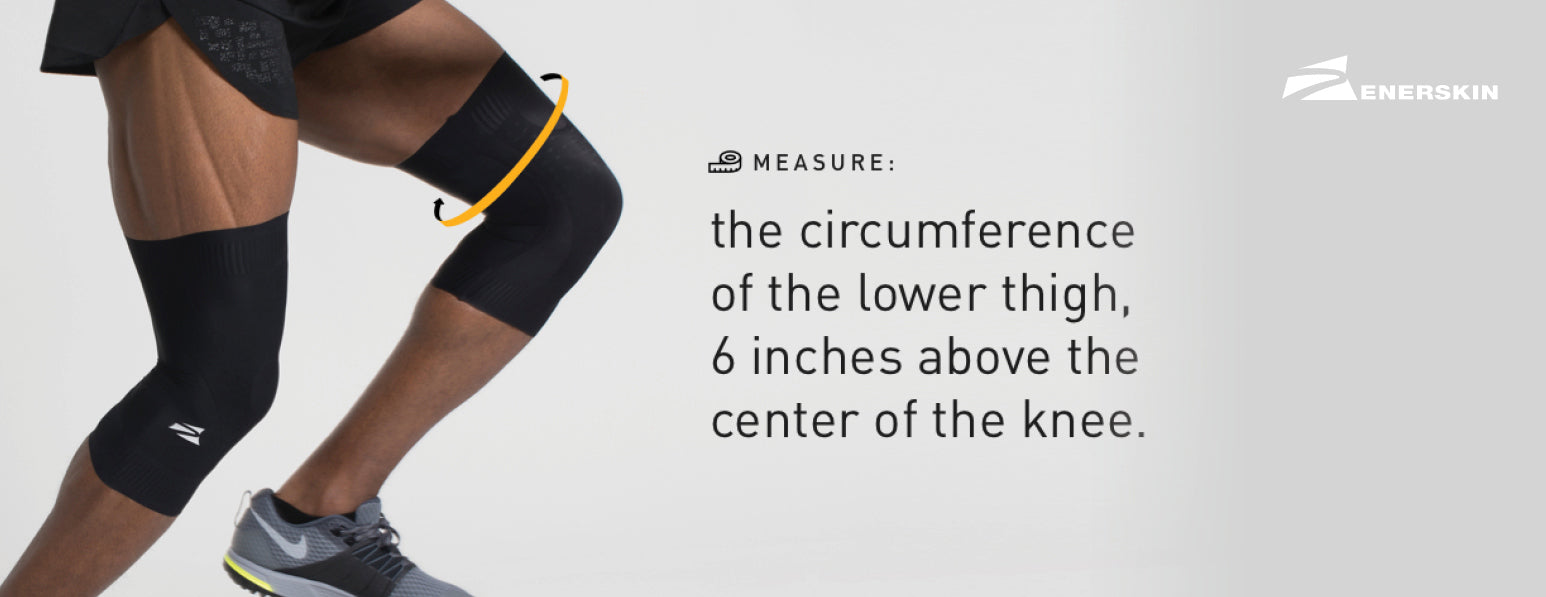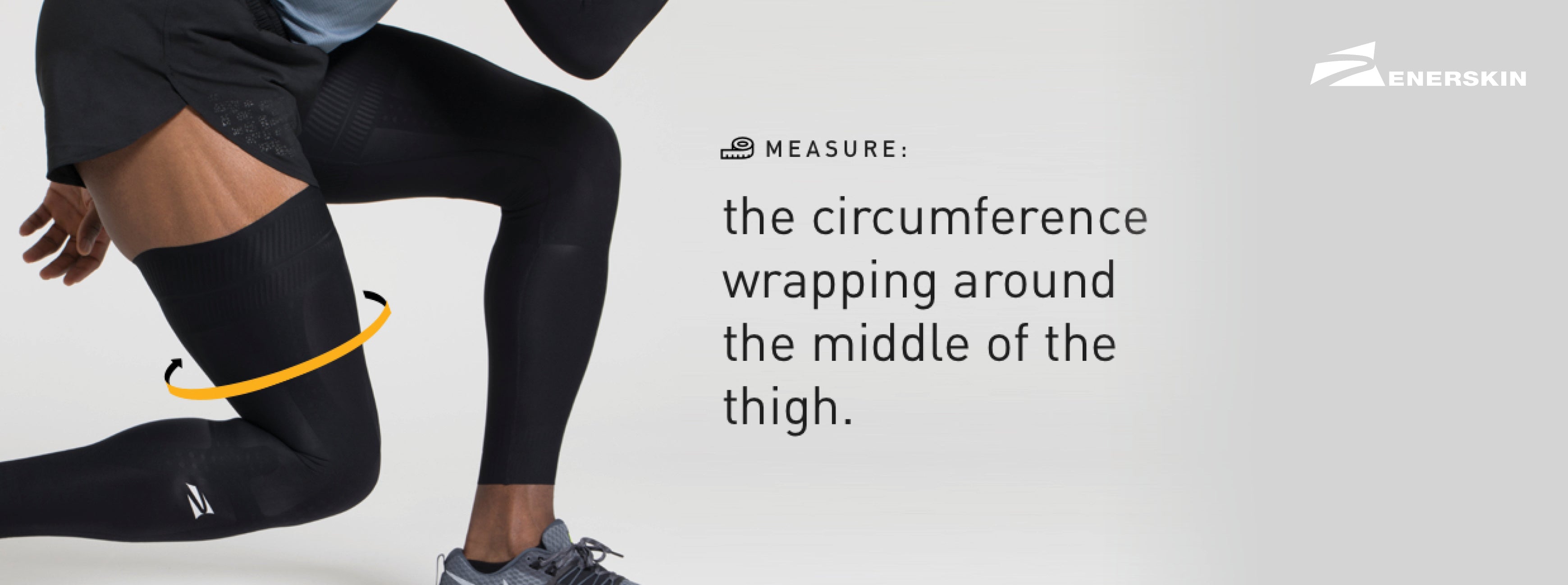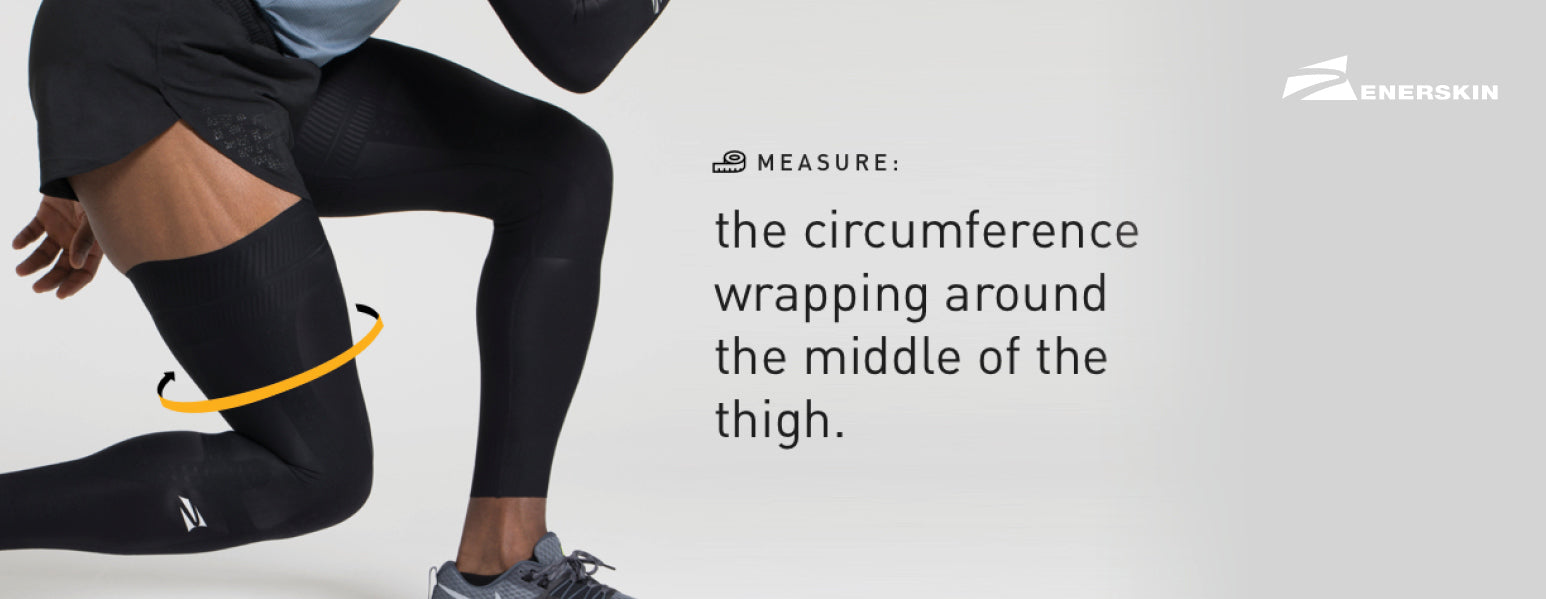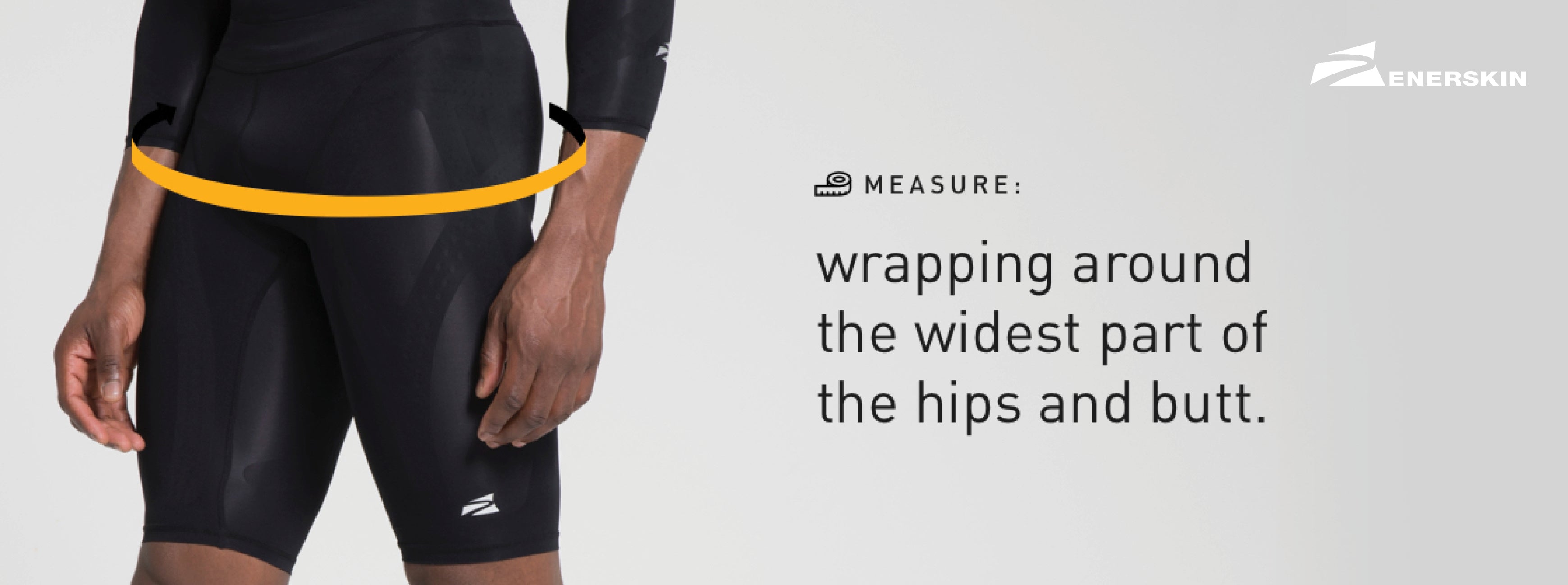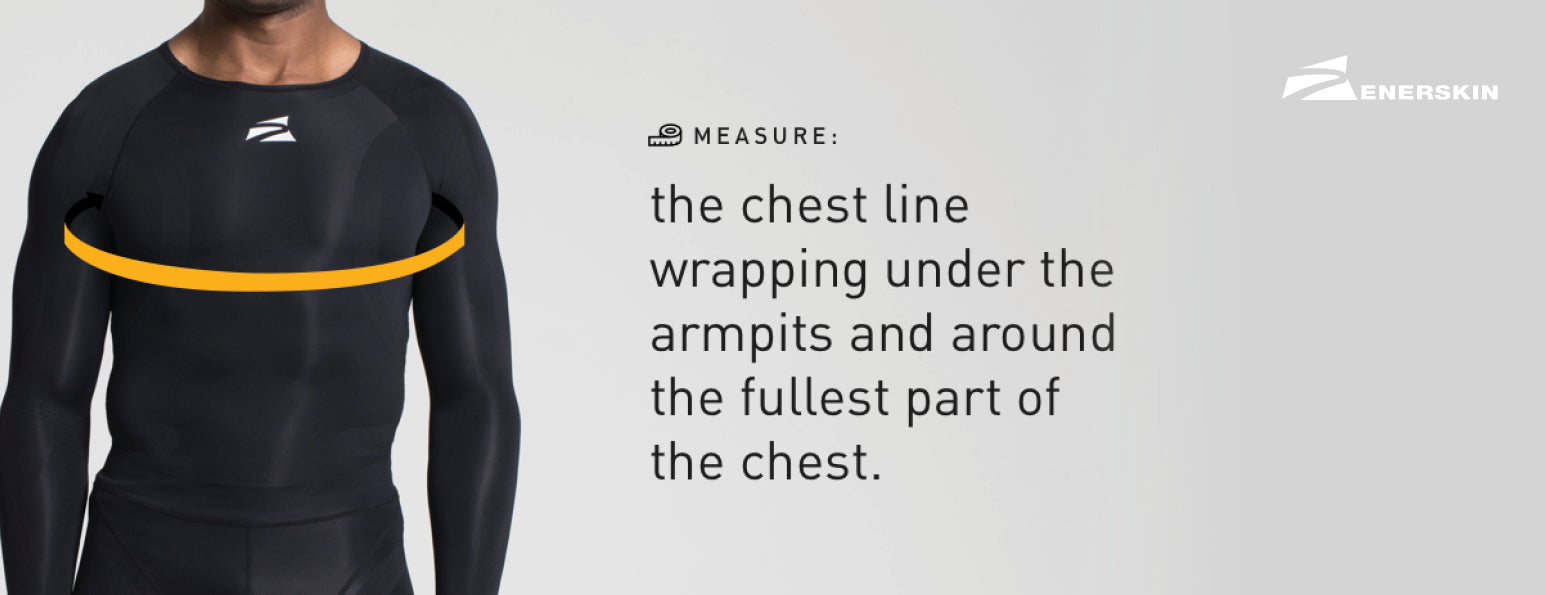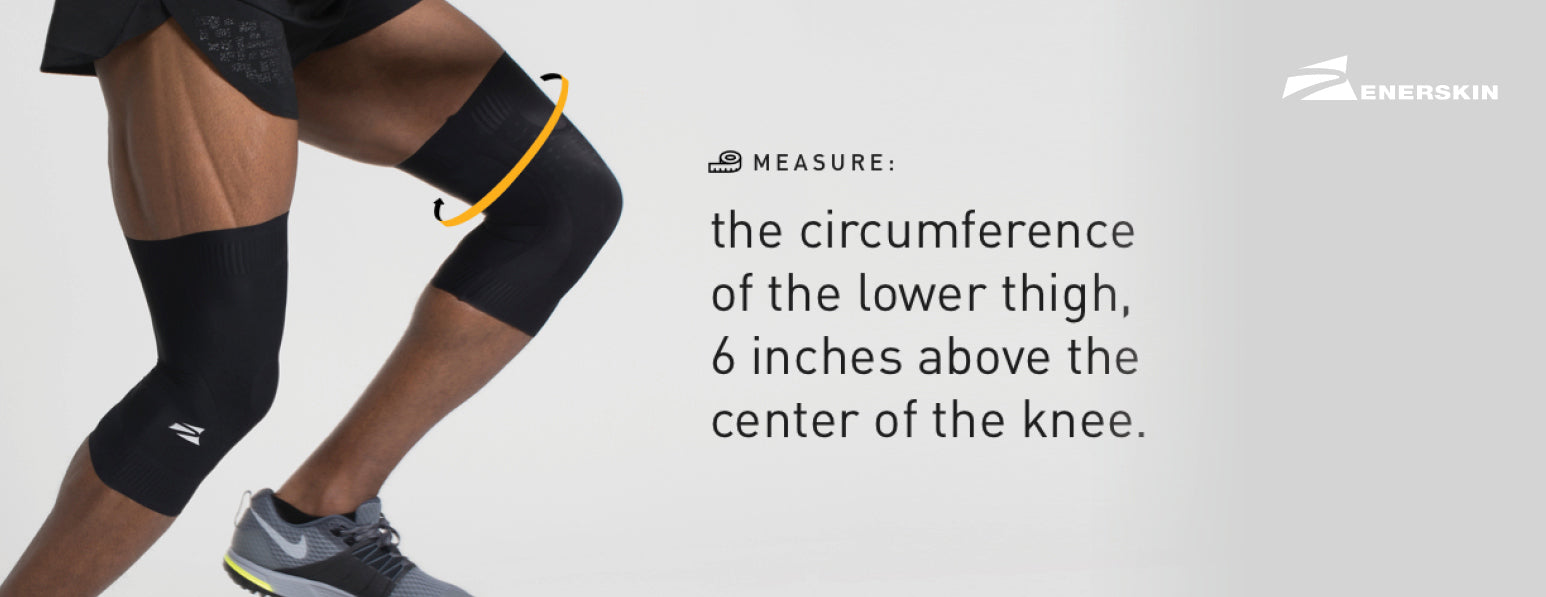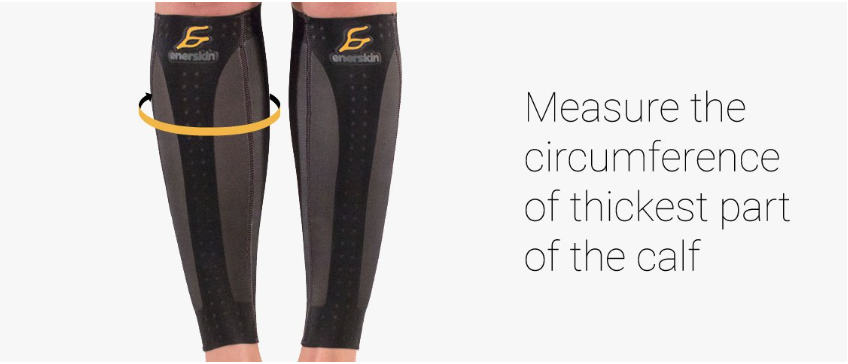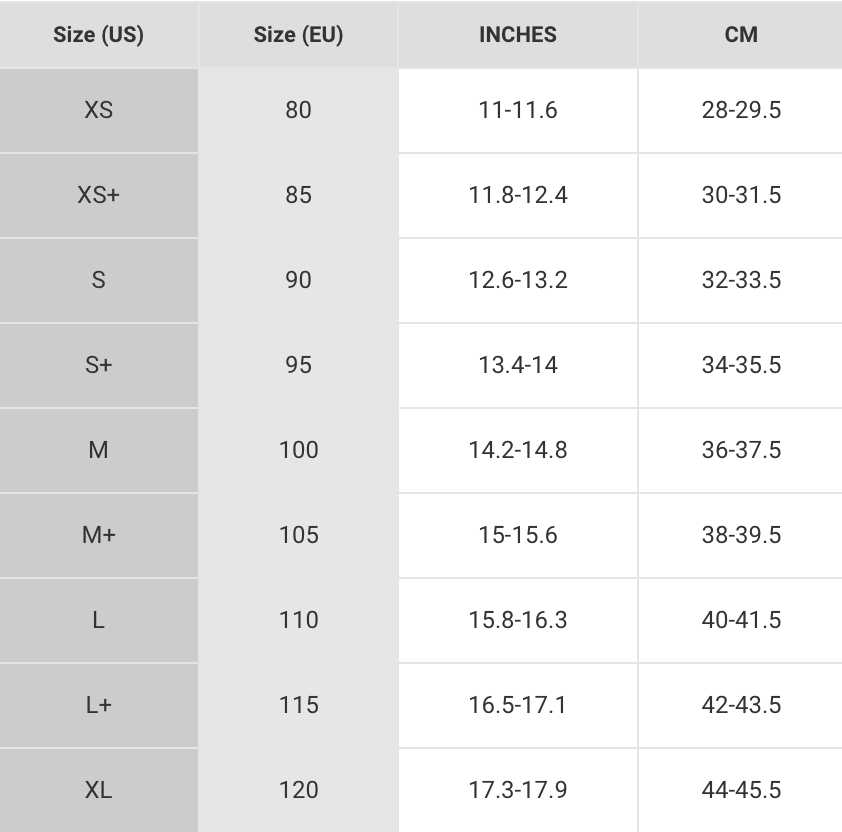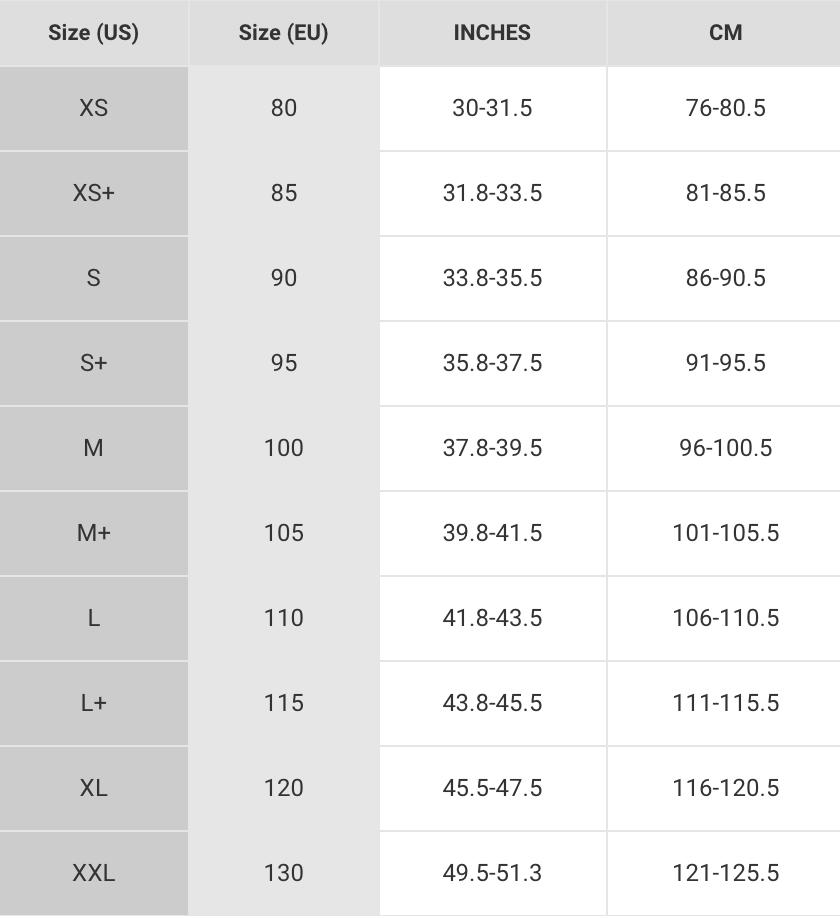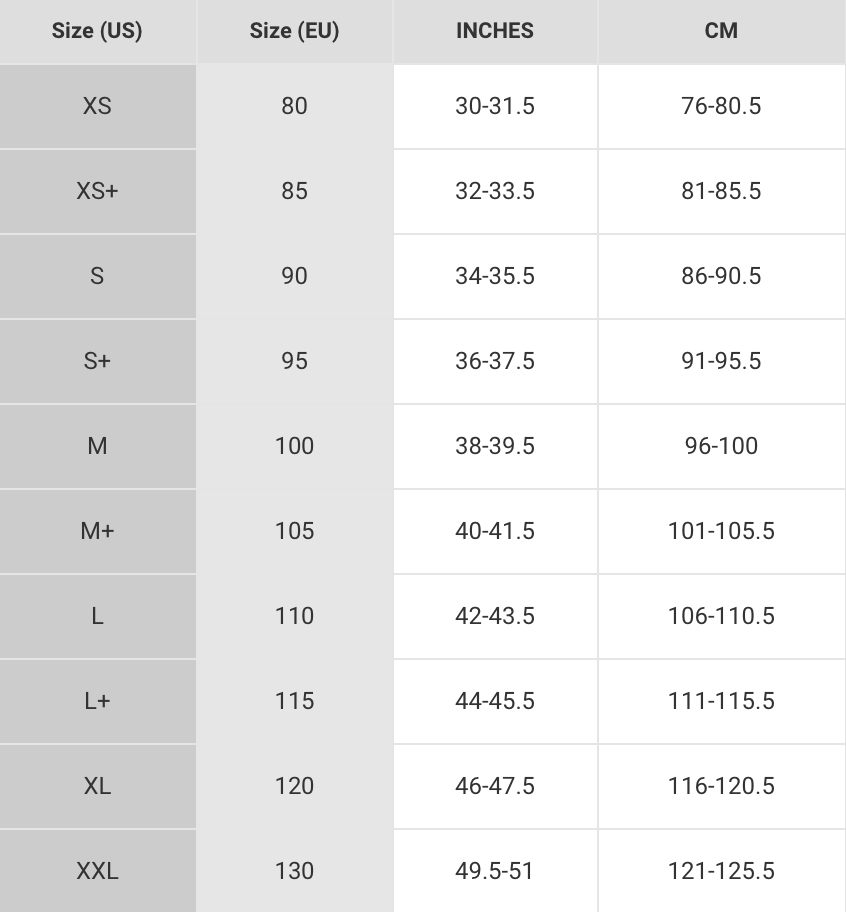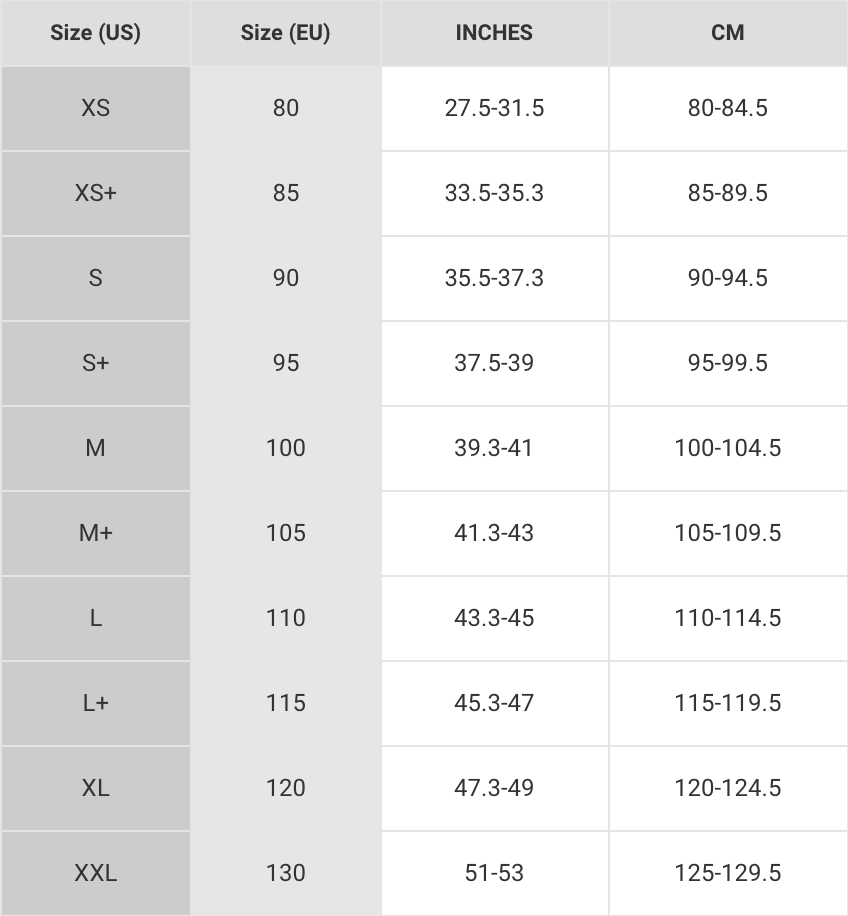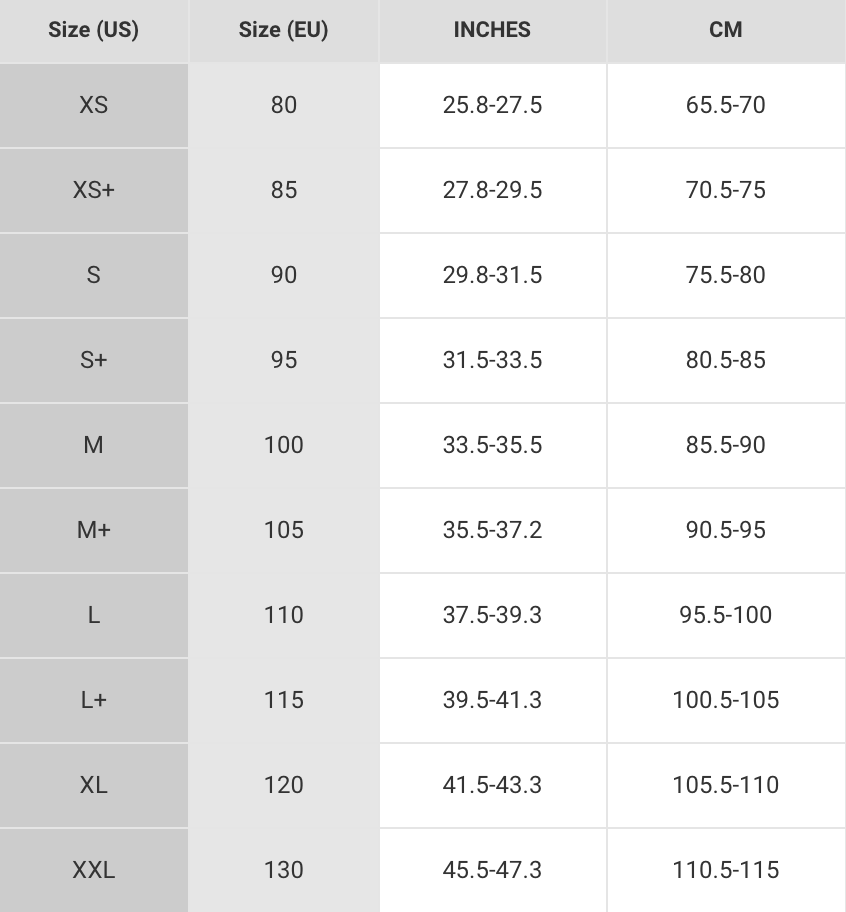Marathon Guide: Getting Started with a Training Plan
Enerskin is proud to present its series on training for a marathon. This three-part guide will be a comprehensive look at the things to consider and prepare for leading up to and following a marathon. Part 1 covers getting started with a training plan. Part 2 details training recovery, hydration, and food. Part 3 provides race day tips and post-marathon recovery. We hope that by reading this guide, you’ll realize that marathon training isn’t rocket science - it just requires a solid plan and sticking to that plan!
For many runners, one of the peak achievements of running is completing a marathon - all 26.2 miles of it. It’s an impressive accomplishment that requires planning, commitment, and discipline over a solid period of time. For many, the entire experience from training to race day is more than worth the sweat and tears.
Whether you’re an experienced runner or just picking up running for the first time, you’ll find this guide a comprehensive introduction to the wonderful world of marathons. We’ll cover all the basics, including getting started, choosing a marathon, training, racing, and recovering. We hope this guide will help you see that while committing to a marathon is a big undertaking, it doesn’t have to be intimidating and can be accomplished with the right info and actions.
How to Start
Before signing up for a marathon and starting a training plan, check with your physician to make sure there aren’t any health concerns with increasing your running mileage. Your training runs will gradually increase mileage, much more than a typical neighborhood jog.
 If you’re thinking about doing a marathon in the near future, another important piece of advice is to start running. You should be running a consistent base mileage well before you begin training for a marathon. One of the most common setbacks during marathon training is injury, which is often caused by building running mileage too fast and too soon. By running regularly several times a week before you start training, you reduce that risk drastically.
If you’re thinking about doing a marathon in the near future, another important piece of advice is to start running. You should be running a consistent base mileage well before you begin training for a marathon. One of the most common setbacks during marathon training is injury, which is often caused by building running mileage too fast and too soon. By running regularly several times a week before you start training, you reduce that risk drastically.
Another great way to prepare physically and mentally for a marathon is starting with smaller races, from 5Ks and 10Ks to half marathons. Starting small will help you stick to a training plan and also allow you to get the feel for a race day, which can be overwhelming for even the most seasoned racers.
How to Choose
As marathons have exploded in popularity, the sheer number of marathons available to sign up for has increased. It seems like there’s a marathon for every city and vibe. On the bright side, this allows you to pick a marathon based on your own preferences. If you prefer a more low-key marathon, you could opt for a quiet race on backcountry roads. If you want to run a marathon that’s spectator-filled and loud, you could sign up for a big urban race.
Some people choose a race in a new destination to make it an exciting trip, while others pick a race close to home for home-field advantage, running on familiar roads and in a familiar environment. We recommend attending friends’ marathons or watching YouTube videos of different marathons to get a better feel for what kind of marathon environment you’d prefer.
How to Train
You don’t need a private coach, the most expensive gear, or fancy tech tools to properly train for a marathon. At the end of the day, you’ll need to slowly build up your mileage, vary things up with faster and slower runs at different lengths, and recover well. You’ll need to commit to at least 16 to 20 weeks of consistent training. We’ll break down the types of runs and the timing here.
 Your base mileage is the bread and butter of your training plan. The base mileage consists of 3 to 5 runs a week done at a relaxed pace, where you should be able to carry a conversation while running. This is to help your body get used to the higher mileage and to minimize risk of overuse injuries. Beginners should start at 15 to 20 miles per week and gradually bring that up to 35 to 40 weekly miles over the entire training time span. From week to week, never up your mileage by more than 10 percent.
Your base mileage is the bread and butter of your training plan. The base mileage consists of 3 to 5 runs a week done at a relaxed pace, where you should be able to carry a conversation while running. This is to help your body get used to the higher mileage and to minimize risk of overuse injuries. Beginners should start at 15 to 20 miles per week and gradually bring that up to 35 to 40 weekly miles over the entire training time span. From week to week, never up your mileage by more than 10 percent.
The long run comes next. This is typically done weekly and starts at 8 to 12 miles which gradually increases to 20 miles. Long runs are typically done at a conversational pace, although it could be helpful to pick up the pace in the last few miles to get accustomed to a more marathon-like speed. Aim to increase your runs by a mile or two every week, scaling back a few miles every 3 weeks to not overwork your body and risk injury. A quick note on the 20-mile max distance - most plans peak at 20 miles because there’s very little benefit of running the extra 6 miles. Come race day, the crowds and adrenaline will more than makeup for that.
You can also include optional speedwork in your training. This is done every week or two and the purpose is to increase speed and endurance. Interval training is fast running at shorter distances, with recovery jogs in between. Tempo runs are slightly longer runs done at a more challenging pace. You should be doing warm up and cool down miles at the beginning and end of any speedwork you do.
In our next post, we’ll be touching on training recovery, hydration, and food. Stay tuned!
Sources:
https://www.rei.com/learn/expert-advice/training-for-your-first-marathon.html
https://adequateman.deadspin.com/the-normal-persons-guide-to-training-for-a-marathon-1797020698
https://www.runnersworld.com/training/a19599563/marathon-training-basics/
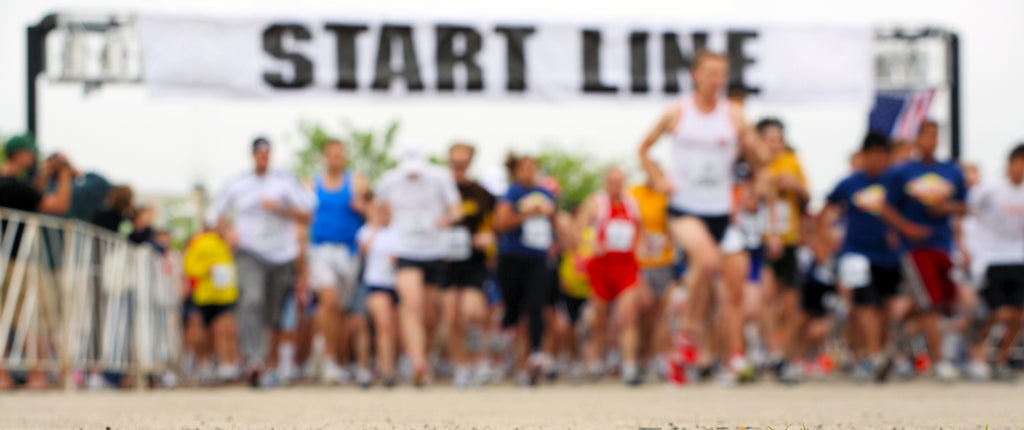
you may also like




